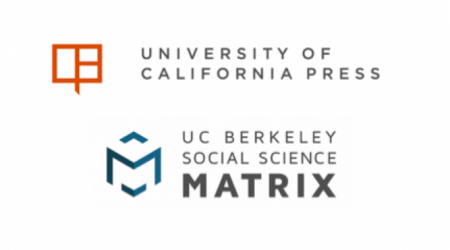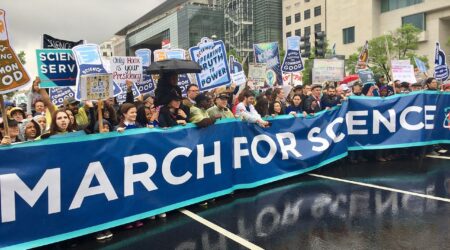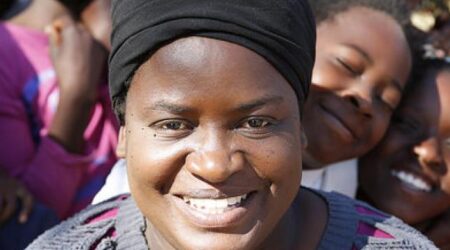Social Science Matrix is honored to welcome our 2017-2018 cohort of Matrix Dissertation Fellows, four Ph.D. candidates whose research interests span disciplines. This year’s fellows—Gabriel Mende Borges, Ann Elena Stinchfield Danis, Jeff Vance Martin, and Derek O’Leary—were selected from nominations submitted by their respective departments.
“We are delighted to welcome the 2017-2018 class of Matrix Dissertation Fellows, whose research exemplifies the innovative, cross-disciplinary research we strive to foster,” says Lynsay Skiba, Associate Director for Programs for Matrix. “Their dissertation projects promise to shed light on a number of salient and timely issues, including the governance of public lands, the measurement of demographic change, the allocation of natural resources, and the construction of a shared understanding of national history and identity.”
Matrix Dissertation Fellows receive up to $1000 in research funds and a work space in the Matrix office, where they can work throughout the year alongside other fellows and staff members, Matrix-affiliated faculty, and visiting scholars, while also participating in Social Science Matrix-sponsored activities. Following are more detailed summaries of the research of the 2017-2018 Matrix Dissertation Fellows.
 Gabriel Mendes Borges, Demography
Gabriel Mendes Borges, Demography
A native of Brazil, Gabriel Mendes Borges, a Ph.D. candidate in the Department of Demography, is researching new methods to improve the accuracy of census and vital registration data, particularly in developing nations. “This has been an important field in demography for a long time, trying to develop ways to estimate population indicators like fertility, mortality, migration, and population by sex and age,” he explains. “This is really straightforward for most developed countries because we have good data and the methods to estimate all these indicators are straightforward, but in less developed countries, because we don’t have high-quality data, this is a big challenge. We don’t know what the mortality levels in Africa are. We have a guess, but the uncertainty is huge. And it’s the same in many Asian and Latin American countries. There is a big question mark on all these estimates.”
Borges explains that his dissertation is about trying to improve the existing methods to estimate mortality and other indicators—a crucial challenge, given how important demographic data can be for government decision-making. “The census is normally the most important data source in a country, but it also has some limitations, so my idea is to combine all these existing methods and the long standing knowledge on the structure of demographic rates and incorporate statistical methods that haven’t been much used in demography,” he says. “These other methods are very useful because they incorporate uncertainty.”
Borges is excited to work at Matrix in part for the opportunity to learn to communicate about his work with non-specialist audiences. “Talking to an audience of non-demographers is useful,” he says. “With other demographers, we are used to talking about this naturally, but it can be hard to explain the details and the importance of this work. This is going to be very useful to discuss [my work] with a broader audience.”
 Ann Elena Stinchfield Danis, Anthropology
Ann Elena Stinchfield Danis, Anthropology
A PhD Candidate in the Department of Anthropology, Annie Danis is exploring the integration of creative practice and community-engaged research in archaeology and anthropology. “I study the ways that doing creative work—art practices like performance, drawing, videography, audio recording, etc.—improves collaborative research in archaeology,” Danis explains. “Anthropologists have long recognized the need to reflect on power dynamics, different ways of being, and develop research that is constructed alongside the communities in which they work. I take the attention that archaeologists pay to materials, landscapes, and history and develop creative forms of producing narratives with a range of communities in North America.”
Danis’ dissertation is focused on two different sites: a former homeless community that emerged along the San Francisco Bay, and a Genízaro Land Grant community in New Mexico. “I investigate the potential of art practices as a form of both interpretation and data collection for politically charged historic landscapes,” she says. “One with a community evicted from the former landfill and encampment at the Albany Bulb in Albany, California uses archaeological attention, creative map-making, and the contemporary context of Bay Area art galleries to engage histories of home and land use with people experiencing ‘homelessness.’ The other, with the Pueblo de Abiquiú, a Genízaro land grant community in New Mexico, investigates the indio and hispano history of water use in the contemporary context of water rights adjudication alongside youth engagement and the arts. Together, the projects form a testing ground for experimental artistic practice and social science research.”
She says that she was drawn to this topic “by a keen interest in the huge variety of ways to be a human, the uncanny way the past sticks to material things, and the way art is both emotional and intellectual and draws out the sensory qualities of material worlds,” she says. “This work is significant because it develops tools that anthropologists and archaeologists can use to work with their interlocultors as collaborators and creative individuals rather than as ‘subjects’ of research in embodied ways.”
Being a Matrix Dissertation Fellow offers an opportunity to build a community of researchers from different disciplines, Danis says: “I’m most excited about building relationships with a group of interdisciplinary scholars that share my interest in research that participates in the real world.”
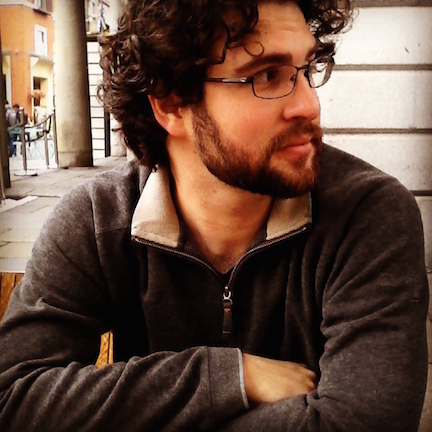 Jeff Vance Martin, Geography
Jeff Vance Martin, Geography
Jeff Martin’s dissertation research is concerned with wolf-livestock conflict and coexistence in and around Blaine County, Idaho, with a focus on state management, rangeland sheep production, and “New West” regional transitions. Looking through the interdisciplinary lens of political ecology, his work is responding to calls for social science attention to the “human dimensions” of human-wildlife conflict. He is using an intensive case study approach, as well as ethnographic and historical methods, to speak to broader political economic concerns around public lands governance, urban-rural divides, and risk and adaptation.
At the heart of his research is the question is whether industry and government stakeholders can balance the interests of wild wolves and the livestock industry. “Coexistence—which is to say nonlethal deterrence of depredation on livestock, where you don’t have to lose livestock, and you don’t have to kill predators—is possible, but it takes time, labor, money, and support,” he says. “I’m looking at the history of a project where this has worked, as well as the limits to its generalization. It’s largely a political economic argument about the West, the livestock industry, and environmental politics.”
A sixth-year doctoral student, Martin is additionally interested in broader issues related to political ecology around the American West. He was a member of the Matrix Research Team focused on arroyos, and he hopes to grow a network of researchers working on these themes at Berkeley and across the country. “Many people working on these issues are at Berkeley, but some of them are in Colorado, Montana, and elsewhere,” he says. “I’ve always liked to do collaborative, multi/trans-disciplinary projects.”
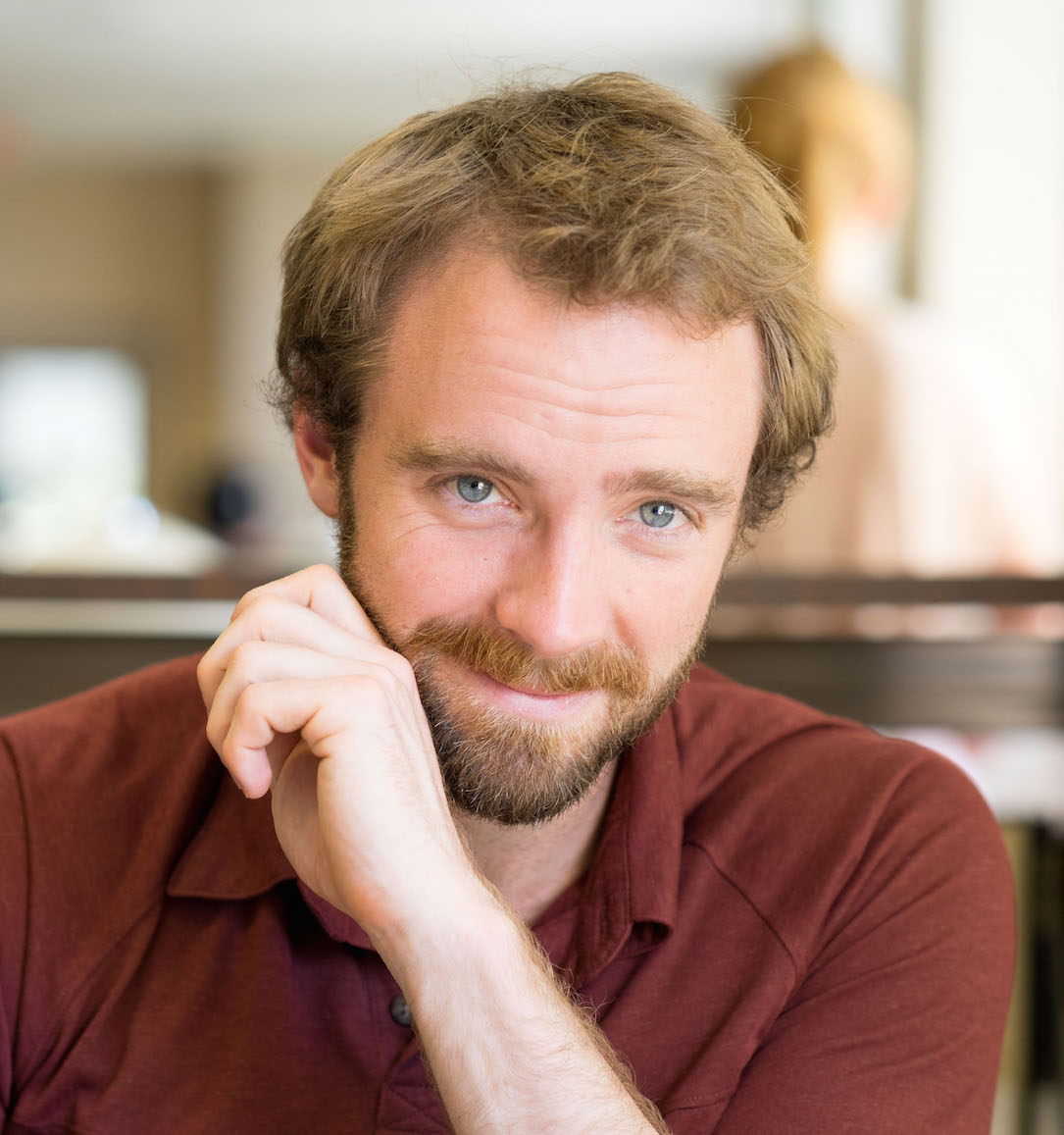 Derek Kane O’Leary, History
Derek Kane O’Leary, History
A Ph.D. candidate in the UC Berkeley Department of History, Derek O’Leary is researching the construction of historical repositories and narratives in the early United States, specifically how American individuals and institutions collected “far-flung and sundry documents, artifacts, and natural specimens” that then formed the basis for the “myriad historical works written from the 1820s to 1850s, including the outstanding mid-century tomes of the so-deemed Romantic Historians.”
“To gather the traces of the American past, collectors roved and built networks that crossed the Americas and spanned the Atlantic and Pacific Oceans,” he explains. “Their efforts generated new markets for the past and activated the nascent continental and international infrastructure of the state.”
O’Leary says that, in gathering documents and other materials related to their young nation’s history, early 19th-century Americans drew upon “sources at once ethnographic, biological, archaeological, geological, and linguistic,” and as a result, the “narratives that emerged from them reveal that history writing sprawled across disciplines.”
“Collecting and narrating the American past was contested within households, among many local and state institutions, and increasingly with the federal government,” O’Leary says. “Such different constructions of individuals’ place in the nation and the nation’s place in time held stakes for the future during these tenuous decades.”
O’Leary says that he looks forward to working at Matrix—a dedicated hub for scholars to gather from across disciplines–as it provides a window into how disciplines of the past have evolved. “Because my project attempts to understand a time in which the boundaries of our current disciplines really didn’t exist—and when many people worked across the inchoate fields of history, archaeology, literature, and the natural sciences—it’s very helpful to engage with scholars from those fields as they exist today,” he says. “To get in touch with the world as these historical actors saw it, we need to deconstruct our current notions of disciplines. Integrating the insights of my fellow fellows at Matrix will be very helpful in this regard.”

